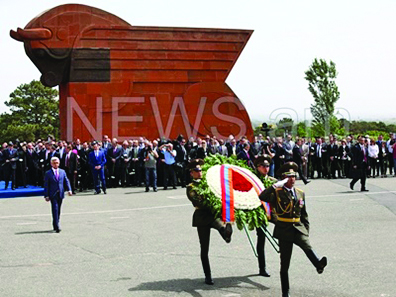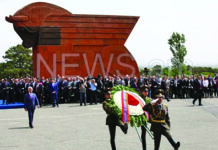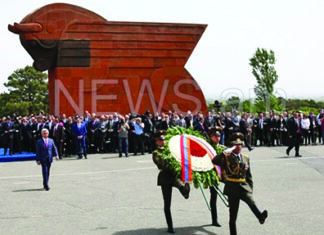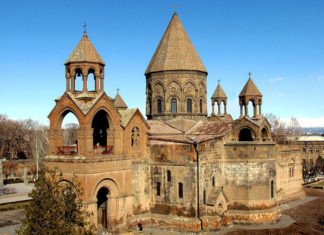By Florence Avakian
Special to the Mirror-Spectator
NEW YORK — An Armenian monk from Greater Armenia, in the late 14th century wrote, “Jerusalem is the centre from which all laws, grace and prophecy emanate.”
Today, Jerusalem is a city of continuing and turbulent conflict among the proponents of Judaism, Christianity and Islam. But in the epic years of 1000 to 1400, it was home to many cultures, faiths and people, more so than at any other time in its history. And the Armenian contribution was profound.
Currently, there is a monumental exhibition of Jerusalem during this time period, entitled “Jerusalem 1000-1400: Every People Under Heaven,” showcasing the prominent role that it played in shaping its creative, universal and complex art of great beauty during these centuries.
The exhibition which runs until January 8, 2017, and features 200 works of art from 60 lenders worldwide, focuses on the important role that the Holy City played in shaping medieval art, and the enduring mark that this art left on the city. The exhibition is organized thematically into six sections — trade and tourism, diversity of people, religion, holy war, generosity of patrons, and the concept of Jerusalem as a city “situated at the gates of heaven.”








